Legislation sets out the law, but it is in fact the regulatory agencies that interpret that law through regulations. To gain consensus – and have a chance of being passed by a divided Congress – laws are being written more broadly. As a consequence, regulatory power of government agencies has become more and more important – critical even.
Regulations as an “Offense” for the Regulator
Initially, rules were intended to provoke a desired behavior on the part of the regulated. Regulations explained the law and acted as an “offensive’ mechanism, spelling out what a regulated community should or shouldn’t do. If the regulated didn’t do that, then the regulator reprimanded, fined, or sued them to comply with the regulations. We can all agree this isn’t offensive in nature. The regulator can only sue the regulated when they do not comply with the rules.
Chevron Doctrine
But things have changed over the last several decades. Today, regulators use the so called “Chevron” doctrine. Under Chevron, if the statute is clear and unambiguous, then the statutory language is controlling. However, if the statute is unclear or ambiguous – how I’d argue most current laws are written – then the regulator can pretty much adopt “any” viable option for its interpretation of the law. Let me say that again: any viable option.
Failings of the Administrative Procedures Act (APA) Processes
What has also occurred is that the regulatory requirement for promulgating rules under the Administrative Procedures Act (APA) has become less and less of a vehicle for the regulated community to gain input into the rules through the submission of comments during the required period. Today, regulatory agencies can and do merely ignore comments they don’t like whether such comments are relevant, constructive, helpful or not.
Regulator Incentives are Contrary to Changing Rules once Written
Chevron and APA failings aside, there are also the pay and retirement system incentives within governmental regulatory agencies. It is very difficult, if not impossible, to get the regulatory agency to change anything that is already written down. It feels as if they cannot admit wrong, much less that another policy option would be better.
Rules as “Defense” for Regulators
However, today the rules have become a “defensive” mechanism for the regulator. The regulator can pretty much do as it wants because of the liberalized Chevron doctrine and the failings of the APA promulgation mechanics. Thus, the regulated have a more difficult time challenging or suing the regulators if the rules turn out to be problematic at best and terrible at worst.
Shift the Balance Back Toward Even
Something needs to change to shift regulations toward a more balanced position. It’s time to consider reversing or limiting the use of a Chevron defense by regulators; or implementing stronger requirements for regulators to listen to and respond to comments under the APA; or, have greater specificity in legislative language.
These are just a few ideas. There’s a reason teams rarely mix offensive and defensive teams. It’s ineffective. So consider these ideas to shift the balance or create your own. No matter what the change might be, there is no question things need to change.
Featured news
Ted’s Take: Errors in formulas and what it means for AI
Spinach is the best source of iron. I’ve understood this for decades now. As I ate more and more healthy foods, I’d choose spinach salads because of the “great” nutritional value, particularly iron.
Ted’s Take: An ounce of prevention
They stay an ounce of the prevention is worth a pound of cure. Isn’t it the truth.
How physicians are paid
Despite a growing need for general practitioners, the Medicare system is not helping with this shortage given the maldistribution of reimbursement between general medical providers and surgeons and other specialists.

Jayne Koskinas Ted Giovanis
Foundation for Health and Policy
PO Box 130
Highland, Maryland 20777
Media contact: 202.548.0133


